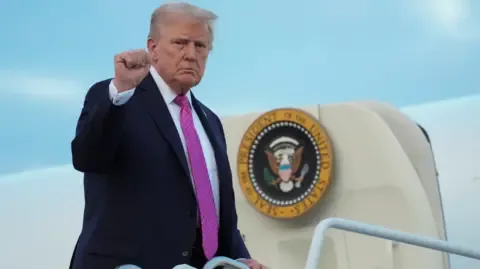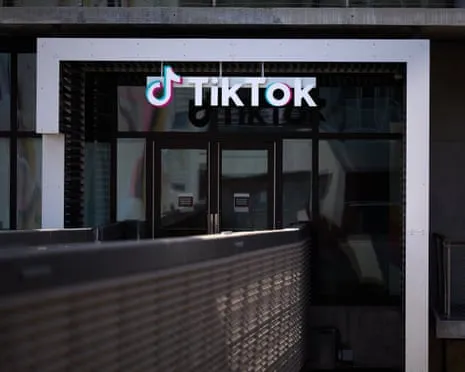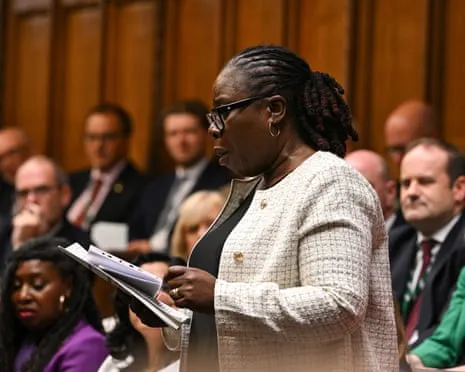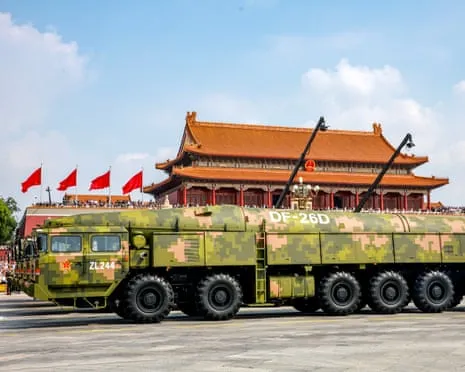Today's Top Highlights
Discover our latest stories and insights from around the world
 News
News
sponsored news

News

News
Trump Vows Tough Measures Following Decapitation of Indian-origin Hotel Manager
-

- By Scott Myers
- 16 Sep 2025

News
Individual Falsely Admitted Firing at Kirk to Distract from Actual Gunman, Law Enforcement Assert
-

- By Scott Myers
- 16 Sep 2025

News
Former President Trump Clashes Aussie Journalist, Verifies Discussion with Albanese
-

- By Scott Myers
- 16 Sep 2025

News
District Attorney Discloses Startling Information in Conservative Activist Assassination
-

- By Scott Myers
- 16 Sep 2025

News
Donkey Healing Following Recent Bow Assault on Free-Roaming Asses in California
-

- By Scott Myers
- 16 Sep 2025














